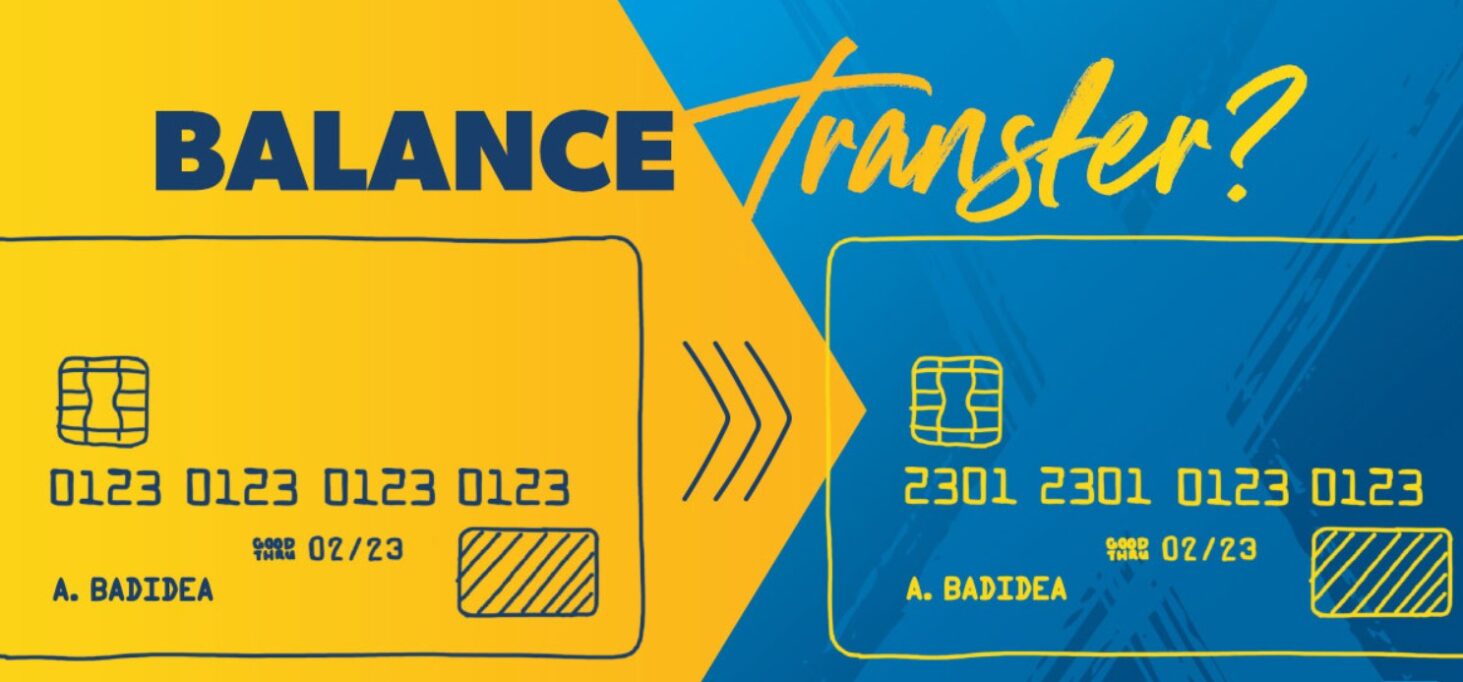What Is a Balance Transfer Credit Card? Your Key to Smarter Debt Management
Last Updated on
A Complete UK Guide to Smarter Credit Management
As living costs continue to climb and borrowing becomes more expensive, many UK individuals and small business owners are searching for practical ways to reduce interest payments and stay financially agile. One increasingly popular financial tool is the balance transfer credit card — a strategy designed to save on interest, consolidate debt, and help you regain control of your finances.
But what exactly is a balance transfer credit card, and how does it work in the UK context?
This comprehensive guide answers that question — and more. Whether you’re trying to manage personal debts or simplify business-related credit expenses, understanding the ins and outs of balance transfer cards could be a crucial step toward financial stability.
What is a Balance Transfer Credit Card?
A balance transfer credit card allows you to move an outstanding balance from one or more existing credit cards onto a new card, typically one that offers a promotional low or 0% interest rate for a fixed introductory period.
This temporary interest-free window gives you time to repay your debt without accruing further interest, often over 12, 24, or even up to 34 months. These cards are particularly attractive to those juggling high-interest credit card debt or looking to consolidate multiple debts into one manageable payment.
For example:
If you have £4,000 on a credit card charging 21% APR, you’re paying around £840 a year in interest. Transferring that balance to a 0% balance transfer card could save you hundreds of pounds, provided you clear the debt before the promotional period ends.
How Does a Balance Transfer Work in the UK?

Here’s how a balance transfer process typically works for UK customers:
- Research and compare balance transfer credit cards, paying attention to the length of the 0% interest period, fees, and eligibility.
- Apply for the card. Your credit score, income, and financial history will influence your approval odds.
- Once approved, request the transfer from your old card(s). This can often be done during the application or shortly after.
- Your new provider will pay off the old balance(s), and your debt will move to the new card.
- You then repay the balance within the 0% interest period to maximise savings and avoid interest charges.
Transfers usually need to be completed within a set period (e.g., 60–90 days) from account opening to qualify for the 0% deal.
Typical Features of UK Balance Transfer Cards
| Feature | Common Range (UK Market) |
|---|---|
| 0% Introductory Period | 6 to 34 months |
| Balance Transfer Fee | 1.5% – 3.5% of the amount transferred |
| Standard APR after offer ends | 19%–24 % variable |
| Minimum Monthly Repayment | 1% – 3% or fixed sum |
| Transfer Deadline | 30 to 90 days after card approval |
Benefits of a Balance Transfer Credit Card
1. Interest-Free Repayments

The main benefit is that all your payments go towards reducing the actual debt, not interest. This accelerates debt repayment and saves money in the long run.
2. Lower Financial Pressure
Eliminating interest can reduce your monthly outgoings, giving you breathing room, particularly useful for small business owners juggling seasonal or unpredictable income.
3. Easier Debt Management
If you’re managing multiple credit cards, a balance transfer can help consolidate debt into one simple monthly payment, reducing the chances of missed payments and associated fees.
4. Credit Score Improvement
Used wisely, a balance transfer card may improve your credit score by reducing your credit utilisation ratio and providing consistent, on-time repayments.
Risks and Limitations to Consider
Balance Transfer Fees
Most cards charge a one-off fee for each transfer, typically between 1.5% and 3.5% of the transferred balance. For larger debts, this can add up, so factor it into your cost comparisons.
Expiry of the 0% Offer
Once the promotional period ends, standard APR applies, which can be as high as 25% or more. If you haven’t repaid the balance by then, you could find yourself paying even more interest than before.
Strict Repayment Terms
Missing even a single payment can invalidate the 0% offer, triggering the standard rate and possibly late payment fees. Setting up direct debits for at least the minimum payment is essential.
Credit Score Requirements

The most attractive 0% deals are generally reserved for those with good to excellent credit histories. If your credit score is low, you may be offered shorter promotional periods or higher fees.
Doesn’t Solve Spending Habits
A balance transfer gives you a chance to manage existing debt, but it won’t help if you continue spending beyond your means. Without changes to budgeting and financial behaviour, it’s easy to fall back into debt.
Who Should Consider a Balance Transfer Credit Card?
Best Suited For:
- Individuals with high-interest existing credit card debt
- People with reliable income and good credit scores
- Those committed to clearing the balance within the 0% period
- Small business owners managing personal or hybrid business expenses
Not Ideal For:
- Borrowers with poor or limited credit history
- Those unable to stick to a repayment plan
- Anyone planning to use the card for new purchases (unless also offering 0% on purchases)
Best Practices for Using Balance Transfer Cards Effectively
- Make a payment plan. Divide the total transferred balance by the number of 0% months, and aim to pay that much monthly.
- Avoid new spending. Most 0% offers apply only to the transferred amount — purchases may incur standard APR.
- Automate your payments. Set up a direct debit to avoid late fees and protect the 0% offer.
- Keep an eye on expiry dates. Track when your offer ends and consider switching to another 0% card if needed.
- Use eligibility checkers. Sites like MoneySuperMarket, TotallyMoney, and MoneySavingExpert let you check your chances without harming your credit score.
Final Thoughts: A Useful Tool When Used Correctly
So, what is a balance transfer credit card? It’s a practical and powerful tool for reducing interest, consolidating debt, and improving financial flexibility — especially valuable during periods of economic uncertainty.
But it comes with responsibility. Without a repayment plan or a change in financial behaviour, it can quickly become just another source of debt.
If you’re a UK consumer or small business owner looking to take control of your credit, a balance transfer card might be a smart move — but only if you approach it with discipline, planning, and awareness of the risks.
Common Questions About Balance Transfer Cards (UK)
Can I transfer more than one card balance?
Yes. Most balance transfer cards allow you to move multiple balances, as long as they don’t exceed your credit limit.
Can I transfer between cards from the same bank?
Usually not. UK providers typically don’t allow transfers within the same banking group (e.g., from a Halifax card to another Lloyds Banking Group card).
Does applying for a card hurt my credit score?
The application may cause a small dip due to the hard credit check, but long-term positive behaviour can boost your score.
What happens if I don’t clear the balance in time?
You’ll begin accruing interest at the standard APR. Some cards also charge interest retroactively if the promotional terms are broken.







